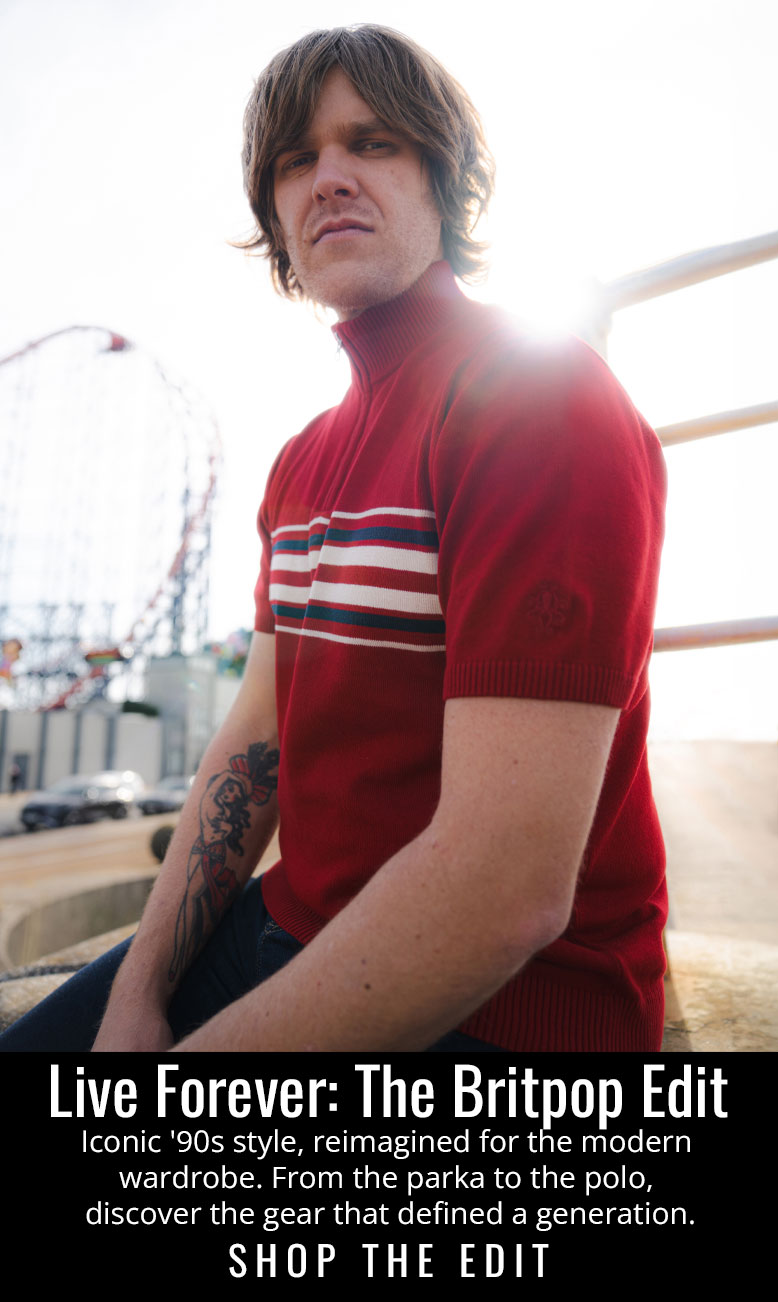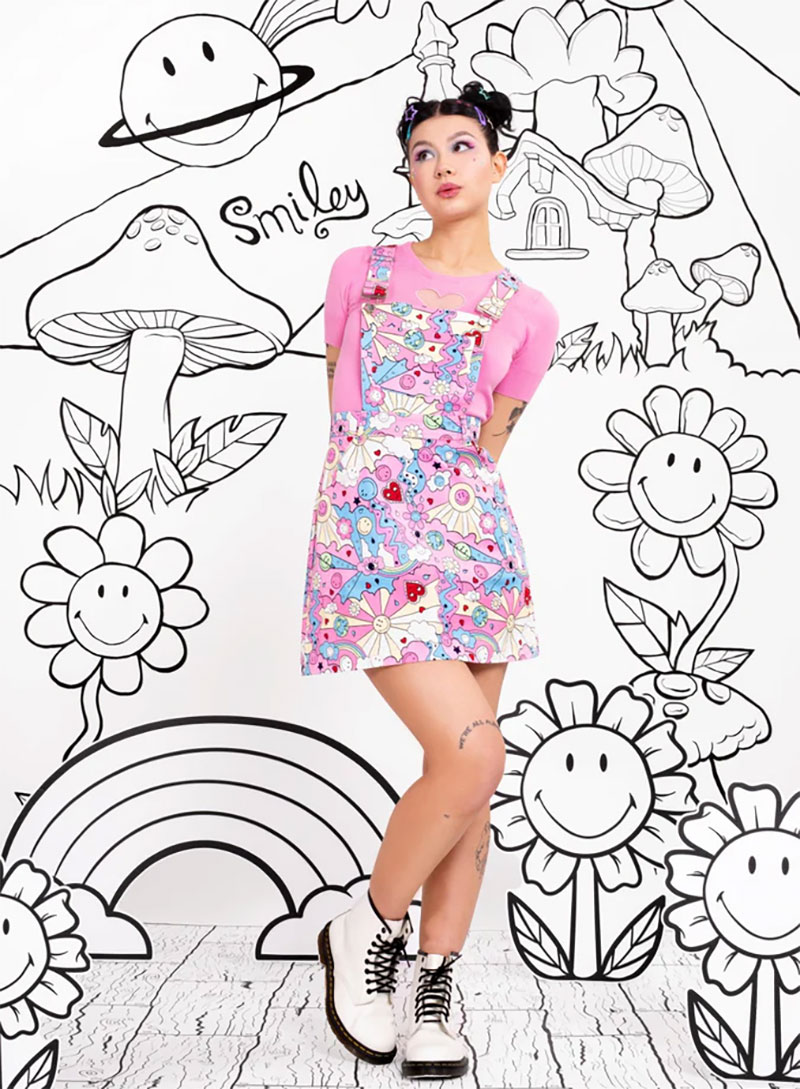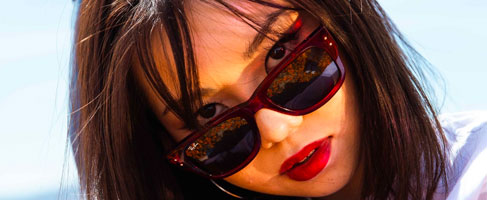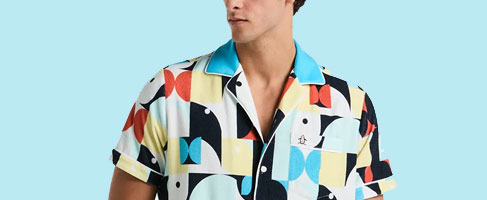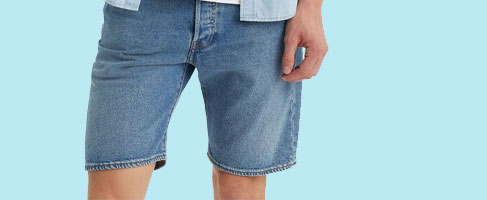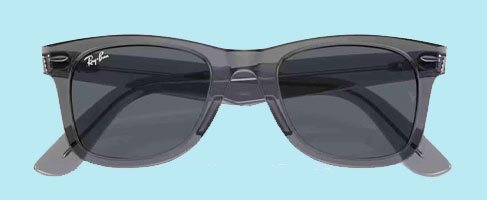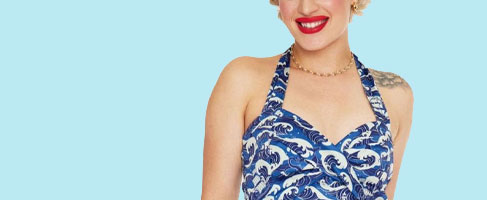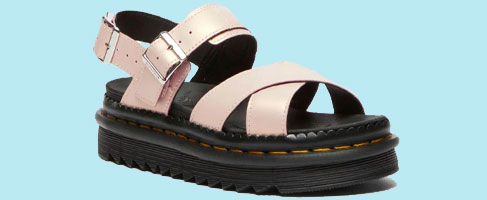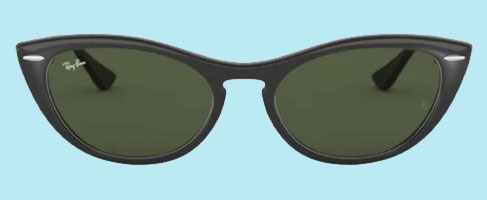The ATOM RETRO Guide to Retro Clothing.
In our best efforts to provide valuable content for an enhanced customer experience and add context to our outlook and ethos, we at Atom Retro have decided to add to our ever expanding reference section and resources. In addition to the Mod Clothing Guide (which is work in progress and is a joint effort with the AtomRetro blog team), it has been decided that we should utilise our knowledge of all things Retro and come up with Guide to Retro Clothing. A concise and in depth look at fashion trends throughout the ages; era focused and with plenty of useful insights and tips.
Whilst we always strive to keep our product listings and information entertaining and full of little snippets of enlightenment, we are conscious of the need to provide as full a description of the items, backed up with design trends and style guidance. All this whilst maintaining a flowing and easy to read, non-mind boggling concept sometimes means we can't offer all the back story and historical literature that we might like (...and we do like!). This is where the guide to Retro Clothing comes into it's own. You will be able to observe Retro styles and trends and cross reference the information contained herein with products for sale on our main website and if you like others too.
So, without further ado, lets begin trawling our way through a veritable Retro archive of fashion treats and trends in the very first instalment of the Atom Retro Guide to Retro Clothing.
NB - New content will be added periodically, so don't despair if we miss something out that you may be interested in. We will be very mindful of inserting new features in where appropriate, even if it isn't necessarily written in chronological order to begin with.
Are we all sitting comfortably, then we'll begin!
The 1920's aka 'The Roaring Twenties'.
The era of suffrage, 'Flappers' (we'll come back to this term later) and Art Deco styling. The 1920's witnessed a massive shift in culture, a breaking away from Victorian values and fashions and signified a great change in the role of women in society. With Expressionism, surrealism and Art Deco styling impacting heavily on arts, fashion and architecture, here was a decade of cultural dynamism. Perhaps the first instances of modernity appeared in the 1920's with big shifts in attitudes, opinions as well as the non-conformity and acceptance of staid, tired traditions - the Twenties was most certainly a time to break away from the norm.
Nineteen Twenties fashion observed a series of significant changes - Here was an era when film and the power of the press began to seriously influence fashion trends and culture. The cosmetics industry was gearing for unbridled success and the end of WW1 had seemingly and somewhat unwittingly injected colour and glamour into fashion (perhaps a reaction to the bleakness of war) - all this was gratefully indulged by a war weary population that now had a renewed hope, vigour and sense of joy as well as a more colourful and positive outlook. This more optimistic view of the future was echoed both in fashion and the arts, taking the form of more expressionistic and extrovert designs and style. Eschewing the perceived straight laced and mundane fashions of the previous generation, the 1920's consumer was willing to embrace change and thus the overall freedom in fashion couture was instigated by both the industry itself and the eagerness of society on the whole.
Womens Fashion in the 1920's
'Fashion is in the sky, in the street, fashion has to do with ideas, the way we live, what is happening'. (Coco Chanel 1883-1971).
During the 1920's women's fashion broke away from the stoical functionality of clothing from before, and became more free. Women rejected the restrictive Corset, and started to wear shorter skirts, often with pleats, gathers or splits to aid the ease of movement. Following the end of the First World War, the Woman's role in society altered quite a lot (Women wouldn't see change like this again until the Sixties and the advent of Feminism). Women began to enter the workplace in a serious way - in many ways it being the first time it was socially acceptable for women to work. Society conventions and morality became a little more relaxed and there was a feeling of affluence and change.
This was of course reflected in the fashions of the era. Women's clothing became more comfortable and women chose to wear Skirts or Trousers for comfort rather than convention. Fabrics too were picked for their comfort and feel over their practicality, with silk becoming a very desirable fabric for its softness and luxurious feel. Where silk wasn't available, or wasn't affordable, an artificial silk called Rayon was often used. Rayon had been developed in the late 19th century and became a popular fabric for use in underwear or as stockings. Underwear changed radically in the Twenties. A 'boyish' figure became the fashion of the time with flatter chests being the preference. (How things have changed!) The corset was discarded and much freer all-in-one style chemises or camisoles replaced it.


